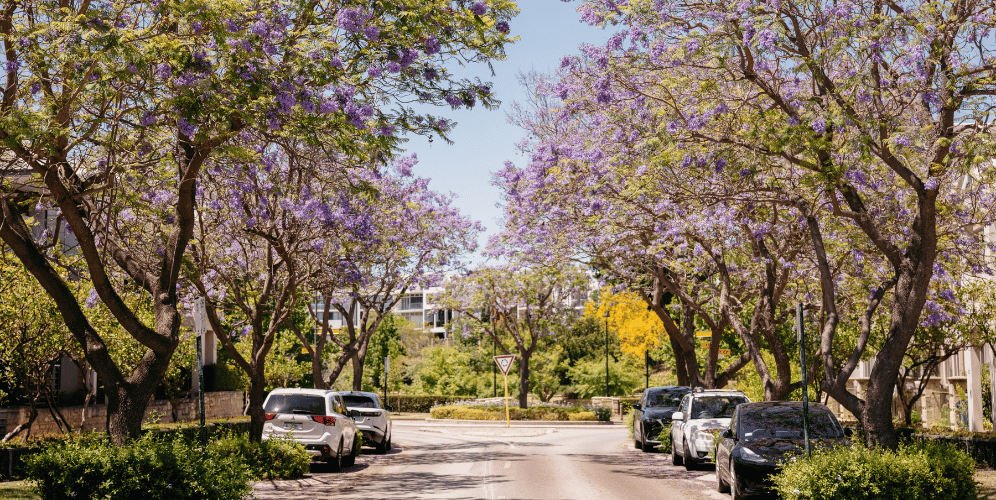Would you pay more to live on a tree-lined street?
15 May 2023"Do trees add value to a property? This question was raised recently after a report showed Perth had the lowest tree cover of Australia’s capital cities."

Do trees add value to a property?
This question was raised recently after a report showed Perth had the lowest tree cover of Australia’s capital cities.
A study of three Sydney suburbs by AECOM suggested a 10 per cent increase in a street’s tree canopy could increase property values by an average of $50,000. In Perth, the increase in value was closer to $16,000 according to another study by the University of Western Australia.
Trees in residential areas have aesthetic and environmental benefits, and this is widely recognised. They can also offer indirect financial benefits, with shade helping to keep homes cool in summer and reducing the need for airconditioning.
There has been a growing trend in property development to include as much green space as possible in new land estates, particularly in master-planned communities, and this includes retaining established trees in areas such as parks and streetscapes. If they cannot be retained, new trees are planted. This adds to an area’s appeal for buyers, particularly as smaller block sizes don’t always have room for trees.
Local councils are also aware of the environmental benefits, such as the natural cooling effect, and have been increasing their green canopies with verge tree planting and additional trees and vegetation in parks, while aiming to retain existing trees.
In terms of value in general, established suburbs with plenty of parks and trees, as well as other infrastructure, are very attractive to buyers and can have higher median prices than newer areas.
However, many factors come into play when buyers choose a home and suburb to live in. This can include proximity to work, family or lifestyle features and overall affordability. Sometimes where a tree-lined street is located has more value to buyers than the fact that is has plenty of trees.
When it comes to individual homes, environmental or sustainable features such as whether a home is north-facing, solar passive, has insulation or solar panels may be viewed as more of a cost-saving benefit than whether the block or street has trees. However, having established trees in situ can also equate to larger block sizes and this can be appealing to buyers.
Trees and established gardens are just part of the equation for a home’s value. One property having a tree while its very similar neighbour does not, does not guarantee a higher price when selling.
And the value added depends on the individual buyer. One person may see a majestic gum tree, another sees the potential of falling branches. A beautiful flowering bottlebrush is a hayfever hazard for someone else. A liquid amber may be a striking feature for one buyer and a leaf-dropping nuisance for another. And an oleander may be a majestic pop of colour to one person, and a poisoning hazard to a family with young kids.
There has been debate about whether local councils and the State Government should regulate tree removal on private blocks and developments. Encouraging tree planting and retention does have benefits, but restricting people’s options regarding what they can do with trees on their blocks may have negative consequences. For example, with councils aiming for urban infill, such regulations could work against the Government’s objectives by limiting development opportunities and demand for blocks that have trees.
However, homeowners do appreciate trees and when renovating or building a new home on a block with trees in situ, they often seek advice from builders and landscape gardeners about what should be retained or relocated in the garden to accommodate their design. If budget and space allow, some homeowners purchase established trees at significant cost (sometimes involving a crane), to plant in their garden post-build.



.tmb-rcarousel.jpg?sfvrsn=b4b9111_1)



.tmb-rcarousel.jpg?sfvrsn=d38b03f0_1)

